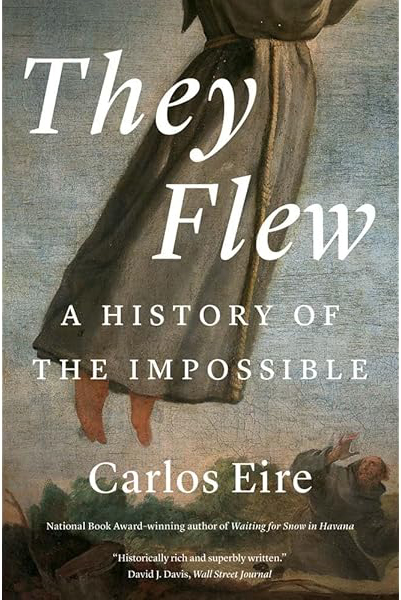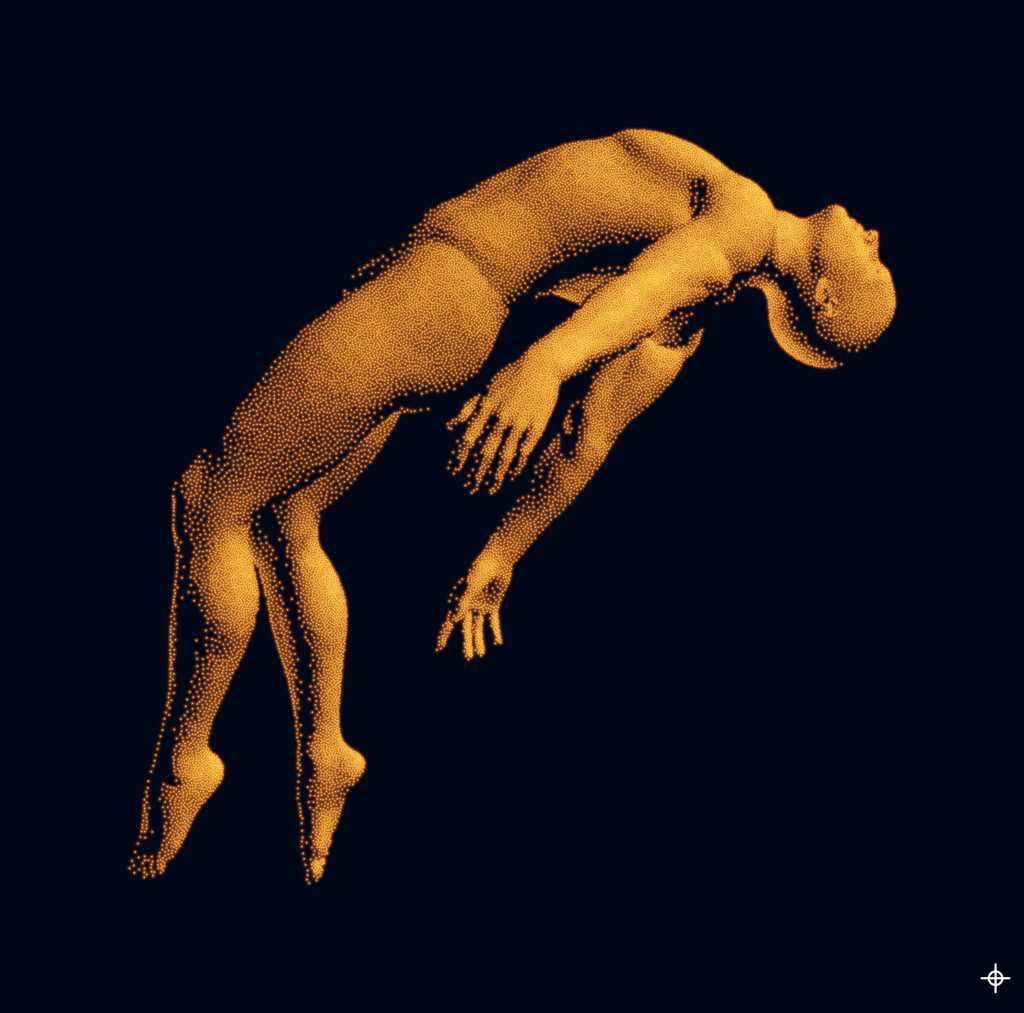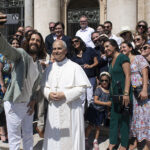Review: They Flew, Carlos Eire, Yale
In the 12th century the aptly named Christina the Astonishing flew out of her funeral casket (she’d been assumed dead after a seizure) up to the rafters of the church. An ascetic, she had been able to walk unscathed into furnaces and freezing rivers. A constant levitator, she spent much time perched atop steeples, trees, and poles.
Joseph of Cupertino would hover over groups of townspeople when he heard the names of Jesus or Mary and would involuntarily shriek. When levitating, his clothes would freeze in mid-air (a bishop attested). Joseph, who also bilocated (reportedly appearing in two places at once) was taken to Rome where he levitated in front of an understandably ‘astonished’ Pope Urban III, who said he would testify to Joseph’s sainthood.
What on earth are we to make of all this? Of the ‘strange stuff’ in Carlos Eire’s history of the ‘impossible’, by which he means, particularly, levitation, stigmata, and bilocation attributed to saints? There is either a huge amount of evidence, from hordes of witnesses, or a huge amount of fraud or delusion.
Pythagoras is said to have levitated. Levitation is a common occurrence in the history of the lore of Buddhism. Levitation is not mentioned in the Bible, but biblical figures were later, in the apocryphal literature, said to have levitated. In the Middle Ages it had the distinction of being neither common nor rare. It, and bilocation, were tied strongly to the development of monasticism, as indications of uncommonly high levels of piety. Levitation and bilocation are distinct from other miracles – healings, say – in having no inherent point except for being signs of devotion or heightened spirituality. (A parallel might be made with Jesus walking on water.)

Contrary to what is often assumed about the medieval church, authorities did not widely accept reports of such miracles. There was widespread belief in miracles, but the church authorities went to great lengths to ensure accounts were authentic. They were aware any lunatic could claim to have flown or been in two places at once. And there were uncoverings of elaborate fraud, accomplished with the aid of paint and stilts.
Teresa of Avila, who wrote more than most about her levitating, was aware of the dangers of being a reported levitator. (She also froze in mid-air and received visions, which one hagiographer described as ‘celestial inebriations’.) She only reluctantly shared accounts of her levitating with the Inquisition. When levitating during holy communion she would valiantly hold on to the communion rail to stop her ascent and asked nuns to try to hold her down. Like Joseph, she as embarrassed by the attention. She prayed for her levitations to stop, so she wouldn’t be interrogated as to the origin of her miracles.
For Catholic polemicists continuing miracles were proof of the rightness of the Catholic faith. In Spain in the Middle Ages, it was ‘essential’ to believe in miracles, Eire says. But Protestants argued they knew what was happening, and they typically ascribed these ‘miracles’ to demonic forces. Calvin argued that miracles were a feature of the early church but had stopped since.
For Luther, such superstitions were associated with the monastic tradition he rejected, though with Luther it is more complicated, as he continued to argue for the ‘miracle’ of the real presence of Christ’s body and blood in the sacrament, and he had a very vivid, adversarial relationship with the devil, whom he saw everywhere. He argued that, above all, the devil is a deceiver who could cause dreams and hallucinations that make people believe they had flown.
Luther also associated levitation with witchcraft, as did Cotton Mather, the New England puritan, who in 1693 wrote a testimonial that he (and dozens of others) had seen a girl lifted to the ceiling by demonic forces. Hovering in mid-air had shifted from the holy to the demonic, though in Catholic circles there continued to be reports of levitation and the like through to the twentieth century and the likes of Padro Pio, who attracted both stigmata and levitating events.
Eire argues that it is impossible to verify such incidents, though we also can’t ignore them. He reports on modern and postmodern responses to the miraculous and focusses on the more sociological side. Some argue, in relativist fashion, that we are so immersed in the modern, scientific mindset that we cannot properly evaluate what these accounts of the miraculous mean.

Of course, the more sceptically minded will argue that we don’t need to verify these accounts because they clearly did not happen – we know that this stuff is contrary to the laws of physics. End of story. And there is a telling phrase in one of Eire’s accounts – ‘according to later testimonies’ – which is flag that maybe things were embellished in the (later) telling, to say the very least. Others will caution that we don’t know enough about physics yet to be so sure.
Nick Mattiske blogs on books at coburgreviewofbooks.wordpress.com and is the illustrator of Thoughts That Feel So Big.













